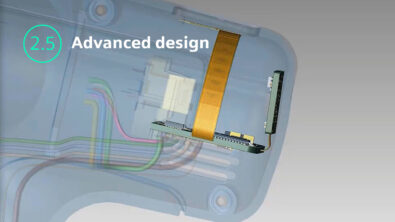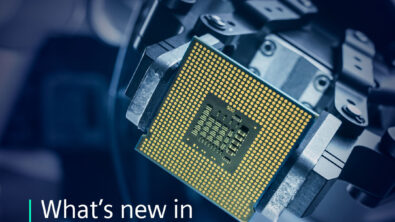TESAT: Launching high-density space designs better and faster with stellar collaboration tools

Have you ever wondered how a global, industry-leading company is able to design the most complex equipment for communication satellites in a timely manner while staying profitable? Just ask TESAT
Just imagine this – a company that has already completed over 700 space projects with over 30,000 units in orbit that are constantly required to design more complicated products and to do it faster.
Just imagine designing a laser product that includes both rigid-flex PCBs (with up to 10 rigid layers and three flex layers) and thermomechanical-stress compensated PCB-boards (with ceramics and molybdenum inserts). These boards range up to 450 x 280 mm2 in size, with up to 24 layers and 4,000 parts per board, AC/DC voltage up to 20kV, RF up to 40 GHz, and data rates up to 10 GBit/s.
To make things even more complex, imagine having over 50 variants to a single design while also having to start designing the layout as the schematic is still evolving.
“With new products and tighter project plans, we are forced to start with the layout when the schematic is still evolving. We start by placing some of the finished parts of the schematic in the layout, and then the schematic evolves in parallel with the layout as more parts are added. With Xpedition, doing layout and schematic design in parallel is more intuitive than in the past; it’s more collaborative and more concurrent.”
Dominik Vogel, PCB Design Engineer
By now, this is just routine for TESAT and their 200 development and design departments.
So what do they do?
They shorten the development cycle time as much as they can, manage their variants as efficiently as possible, and make sure collaboration and concurrent engineering are as optimal as possible. To do that, Tesat deploys a battery of Siemens systems design tools, including Xpedition Enterprise, HyperLynx software, and NX.
“For the schematic review, the designers were able to make notes directly in the web browser, and the developer could do their review and make mark-ups directly in the browser as well, then mark them as done. This is possible because it’s all integrated into the Xpedition EDM system; it’s all in the same web browser. You can access it from anywhere, and you don’t need to send emails or files. The Xpedition tools certainly helped us to do an unprecedented level of multi-discipline collaboration.”
Bastian Diehm, Methods and Processes – Development and Design
This inspiring customer success story with Tesat is one that everyone should read. The full story is posted here.



